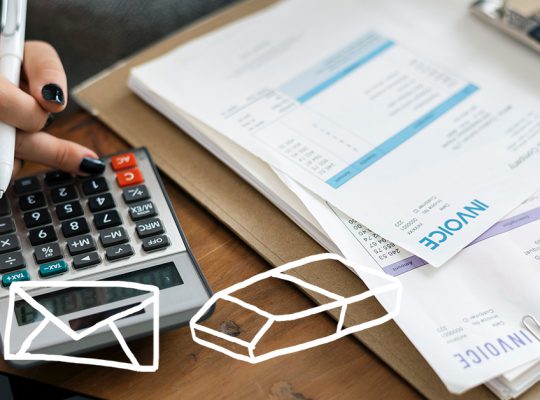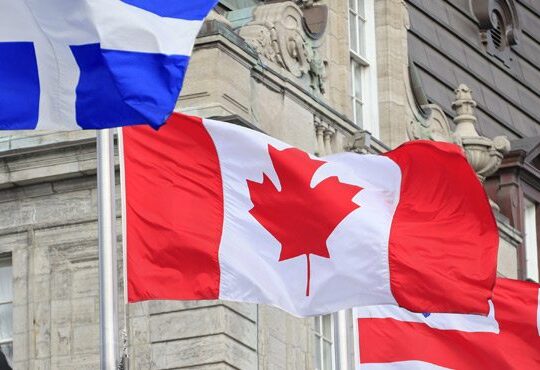T3012A Form – Tax Deduction Waiver on the Refund of Your Unused RRSP, PRPP or SPP
TurboTax Canada
September 21, 2020 | 3 Min Read
Updated for tax year 2025

What is the Tax Deduction Waiver on the Refund of Your Unused RRSP, PRPP or SPP?
This form, called form T3012A allows you to withdraw unused RRSP contributions, without taxes being withheld. In order to understand when and how to use it, you need to understand a few things about RRSPs, PRPPs, and SPPs.
Registered Retirement Savings Plans (RRSP), Pooled Registered Pension Plans (PRPP), and Specified Pension Plans (SPP) are all savings tools that support you through retirement. You pay into these plans and withdraw the funds when you retire. It is also important to note that you do not pay taxes on money put into the account, instead, you will pay the relevant taxes when you receive the money after retirement.
It can be easy to make the mistake of paying too much into an RRSP, PRPP, or SPP before you are retired. These contributions are then called “over contributions” because they go above your limit on your contributions for the year. This is different from “unused contribution room” which is any amount you’re below the maximum contribution for the year.
It is very important to check your contribution limits on your CRA My Account, prior to contributing to your plans to ensure you don’t go over. In 2025, the RRSP contribution maximum was 18% of your income, to a maximum of $32,490. Anything above this is an unused RRSP contribution.
What Happens If You Over-Contributed to Your RRSP?
It most circumstances, if you have overpaid into your (or your spouse or common-law partner’s) RRSP, you can then withdraw that money from the account. You may also choose to leave the excess contributions in the account, however, if the amount is in excess of $2,000 over your limit you will be penalized on the excess portion. You will receive a 1% penalty tax every month. This $2,000 over the limit grace is not provided for taxpayers under the age of 19.
If you choose to withdraw the overpayment, you may then use form T3012A or the Tax Deduction Waiver on the Refund of Your Unused RRSP, PRPP or SPP and avoid having the tax withheld, as you normally would for an RRSP withdrawal in retirement. If you do not apply for a waiver on the refund, the CRA will withhold tax on your refund.
Who Can Use Form T3012A?
First, you need to determine if you are eligible to have the tax money withheld on your withdrawal from your RRSP, PRPP or SPP. In order for you to qualify the CRA must find it reasonable that either you did not intend to make these contributes to withdraw and deduct an offsetting amount, or that you reasonably expected to be able to fully deduct the contributions in the immediately preceding year.
Additionally, you may not use this form if you:
- Previously deducted these contributions
- Designated these contributions as a repayment through the Home Buyer’s Plan or Lifelong Learner Plan
- Designated the refund to have your past-service pension adjustment certified
- Part or all of the refund was a lump sum payment from an RPP or deferred profit sharing
- An RRRP excess amount was transferred to the RRSP in question in the relevant year or a previous year
It’s also important to know that this form is not intended to be used to waive tax from payments from a mature RRSP. RRSP payments made after you retire must be taxed. For more information about RRSPs and the government plans within, you can visit this link.
How Do I Complete Form T3012A?
There are steps to completing form T3012A.
First, you will complete parts one and two of the form with information about your unused contributions and the amount you request to be refunded. Next, send the form to the Canada Revenue Agency (CRA).
- The CRA will fill out part three with approvals and return three copies of the form to you. This will include the approved amount that your plan issuer can refund to you without withholding the tax.
- Then you fill out part four and send it to your RRSP, PRPP or SPP plan issuers to request a refund from the plan.
- Your plan issues will complete part five and return two copies to you. They should also issue your refund at this time.
What Are My Next Steps?
After you receive the refund you must report it on that year’s tax return. Report the total of your unused contributions on Line 12900. You can find the total on your (or your spouses or common-law partner’s) T4RSP slips in box 20. The deduction itself should be claimed on Line 23200 (not Line 20800, which is a common mistake). Additionally, you must attach your T4RSP slip to your tax return for the year to support your claims.
Related articles

© 1997-2024 Intuit, Inc. All rights reserved. Intuit, QuickBooks, QB, TurboTax, Profile, and Mint are registered trademarks of Intuit Inc. Terms and conditions, features, support, pricing, and service options subject to change without notice.
Copyright © Intuit Canada ULC, 2024. All rights reserved.
The views expressed on this site are intended to provide generalized financial information designed to educate a broad segment of the public; it does not give personalized tax, investment, legal, or other business and professional advice. Before taking any action, you should always seek the assistance of a professional who knows your particular situation for advice on taxes, your investments, the law, or any other business and professional matters that affect you and/or your business.








